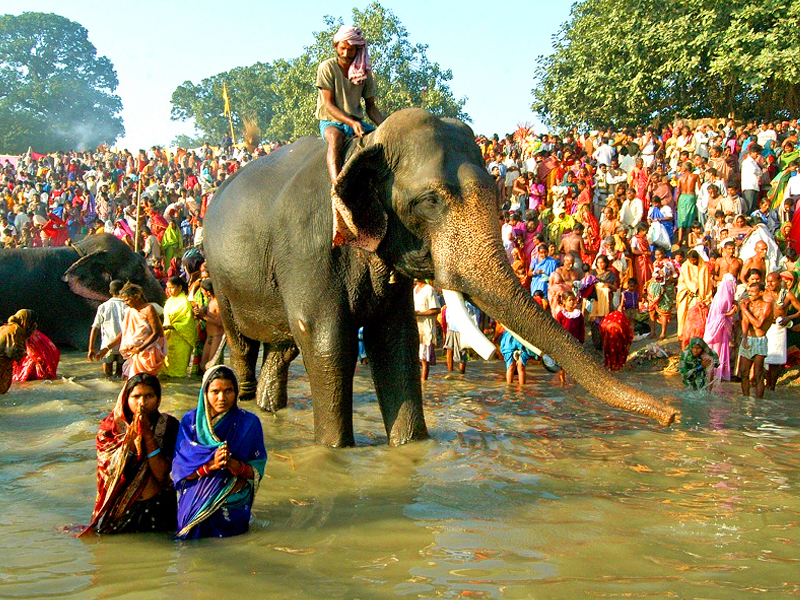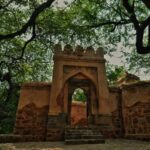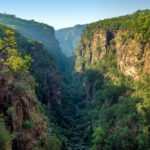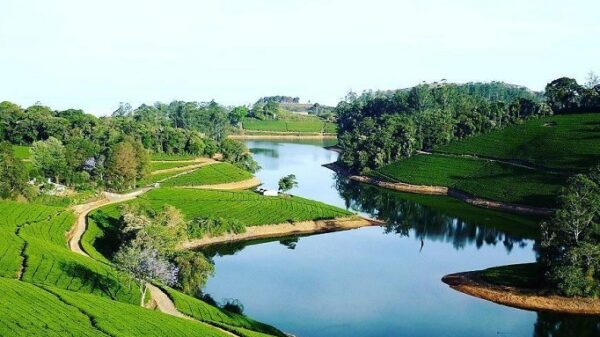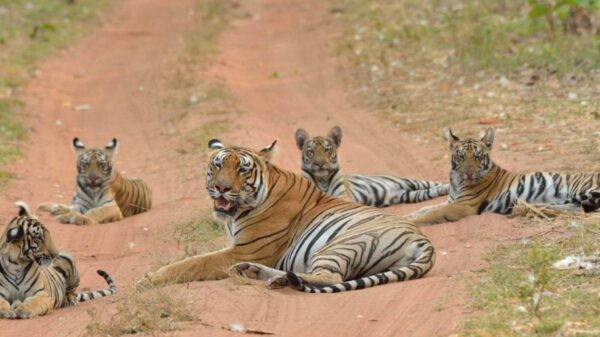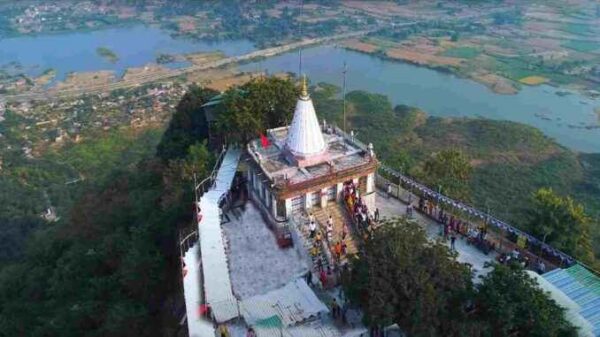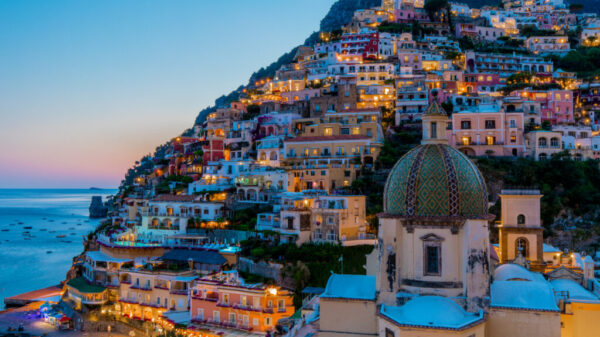Fairs are highly sought-after tourist destinations where people from various backgrounds come together to share their ideas. I’m sure you’ve heard of the Surajkund Mela and Pushkar Mela, but have you ever wondered about the largest cattle fair in Asia? The Sonepur Mela, a place often considered heaven for animal lovers, is where it all happens at Sonepur , located at the confluence of the River Ganga and River Gandak in Bihar, stands as the largest cattle fair in all of Asia. This fair has a rich history dating back to ancient times when it was primarily known for the trading of animals, particularly elephants and horses. Over time, it has evolved and now attracts millions of visitors from across the globe. If you’re planning to attend this event this year, you’ve come to the right place. This comprehensive guide covers everything about Sonepur Mela, from its dates and historical significance to its main attractions and accommodation options.
Also referred to as Hariharnath Kshetra Sonepur Mela, this fair has its origins in the worship of Lord Hariharnath, a combination of Shiva and Vishnu. Given its wide appeal across Asia, it proudly holds the title of being the largest cattle fair on the continent. The fair lasts for 15 days and extends for a full month. Its primary purpose remains the trading of animals, a tradition of great historical significance. Sonepur Mela takes place on the banks of the Gandak River in Bihar and is typically held in November or December each year.
History of Sonpur Mela
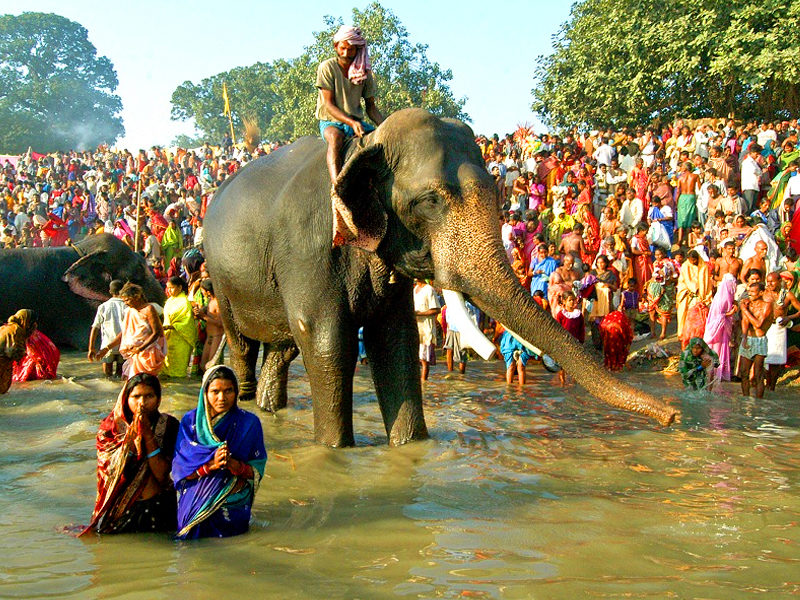
The history of the Sonepur Fair can be traced back to around the 4th century BC, during the reign of Chandragupta Maurya, an Indian king. Originally, the Sonepur Mela took place in Hajipur, where worship was conducted at the renowned Harihar Nath Temple. This temple, believed to have been constructed by Lord Rama while en route to King Janak’s court for Sita’s marriage proposal, holds great significance, particularly among the locals.
The fair is also a commemoration of Lord Vishnu’s intervention in Hindu mythology during a prolonged battle between a crocodile (grah) and an elephant (gaj). This symbolic battle represented water clashing with the forest. When the elephant was bathing in the River Gandak, it was attacked by a crocodile. Lord Vishnu had to intervene to rescue the elephant.
The true beginning of the Sonepur Fair, with various performances and stalls, occurred during the rule of the Mughal emperor Aurangzeb. At that time, the primary focus was on the trading of animals, including elephants and birds. However, the strict enforcement of the Wildlife Protection Act in 1972 led to the ban on elephant trading. Now, elephants are featured at the fair for the purpose of entertainment and not for sale.
Hariharnath Temple
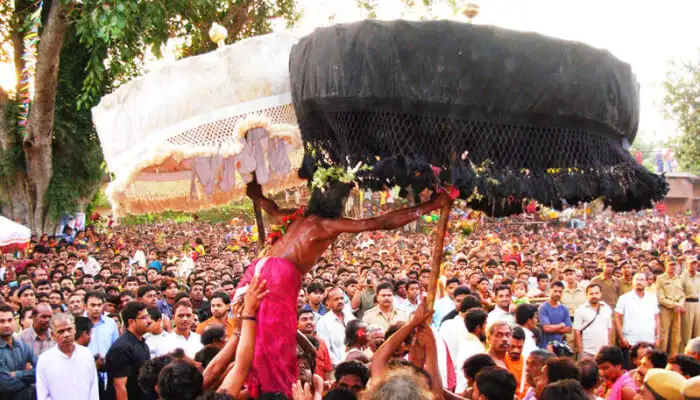
The Hariharnath Temple is the very place from which the origin of this fair can be traced. Devoted to Lord Hariharnath, it is believed to be the site where the lord intervened in the battle between an elephant and a crocodile. The temple’s original structure has deteriorated over the years, and the current one we see was constructed during the Mughal era by Raja Ram Narain. On Kartik Poornima, devotees from various places gather here to offer their prayers to Lord Hariharnath and take a dip in the sacred confluence of the River Gandak and Ganga.
Ganga Maha Aarti
In the evenings, one of the most captivating events to witness is the Maha Aarti, which takes place at the confluence of the River Gandak and Ganga. Also known as the Narayani River, its evolution is mentioned in the Holy Shiva Purana and the Sanskrit epic Mahabharata. River Gandak originates from glaciers along the Nepal-Tibet border, passes through Nepal, the Royal Chitwan National Park, and Valmiki Tiger Reserves before merging with the River Ganga. When the ghats are illuminated with oil lamps and diyas in the evening, the view is truly mesmerising.
Sonepur Cattle Fair
A visit to this fair would be incomplete without witnessing the cattle fair, which is the primary reason behind the Sonepur Mela. Even if you have no intention of trading animals, you can observe how elephants are adorned for the fair. In addition to elephants, you’ll find various breeds of horses, donkeys, dogs, rabbits, buffaloes, goats, camels, and ponies. Poultry and birds are also available for sale at this fair. Given the wide range of animals traded here, the fair has attracted and continues to draw international visitors from countries such as Japan, Kazakhstan, France, Austria, Switzerland, Portugal, and the United States.
Dates for Sonepur Mela
The dates for Sonepur Mela are picked according to the Hindu Calendar. So, the mela commences in the Kartik month on the full moon day also called Kartik Poornima. It usually falls in either November or December according to the Gregorian Calendar.Dates changes every year but it falls within the ambit of November and december.
How to reach?
consider the following options:
By Air: The nearest major airport is the Lok Nayak Jayaprakash Airport in Patna, which is well-connected to major Indian cities. From there, you can hire a taxi or take a train or bus to Sonepur.
By Train: Sonepur has its own railway station, “Sonpur Junction,” which is well-connected to other cities in Bihar and India. You can check the Indian Railways website or app for train schedules and availability.
By Road: You can reach Sonepur by road as well. There are regular bus services from major cities in Bihar to Sonepur. Alternatively, you can hire a taxi or drive to Sonepur if you have your own vehicle. It’s advisable to use a navigation app or map for directions.
Make sure to check the latest transportation options and schedules, as they may change over time.
Accommodation Options
With millions of visitors flocking to Sonepur for the Mela, Bihar Tourism provides lodging options in woven straw huts and camps that come equipped with modern amenities like attached western bathrooms. These camps are strategically placed in proximity to the fairgrounds for convenient access. Additionally, BSTDC (Bihar State Tourism Development
Corporation) offers accommodation in their Tourist Bungalows, allowing you to book rooms or dormitory beds and enjoy hotel-like services. Given the limited number of available rooms, it’s advisable to make your reservations well in advance. Furthermore, there are a handful of Government Guest Houses specifically designated for government officers.
Helpful Tips
Avoid carrying valuable items due to the potential for crowded conditions.
Plan your schedule in advance to minimise any inconveniences during your visit.
Final thoughts.
As a Bihari, this fair holds a special place in my heart. The fair offers a diverse range of animals for sale, from the tiniest to the largest. However, it’s not just about the cattle fair. The Ganga Aarti and the temple’s beauty are truly worth experiencing. This fair possesses its unique charm, offering a wide array of attractions that will keep you engaged. It commences following the Hindu calendar and lasts for 15 days, making it an event you absolutely shouldn’t miss. The mesmerising experience will undoubtedly leave a lasting impact on you.

